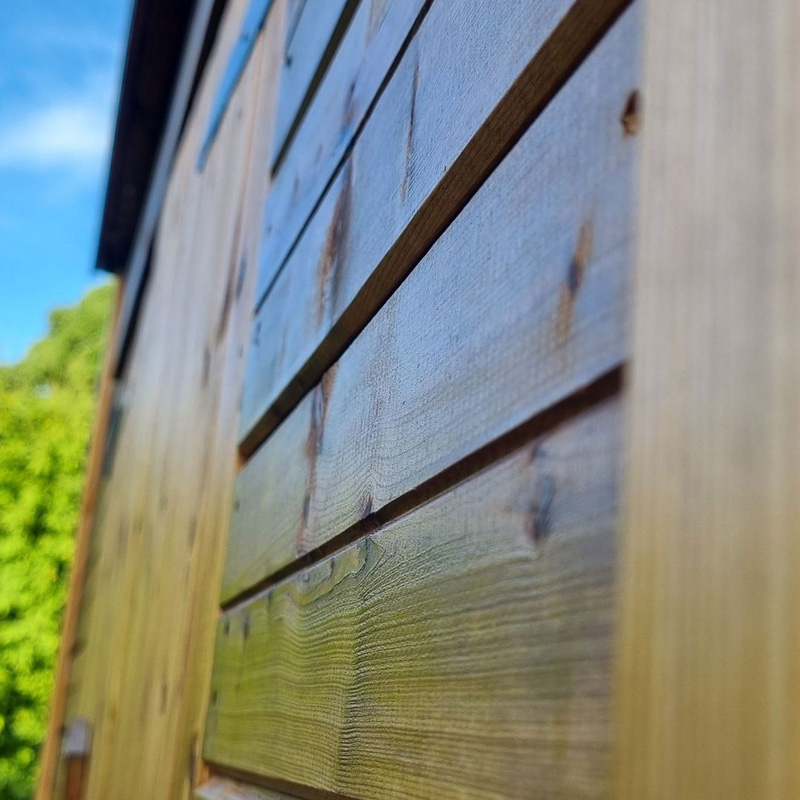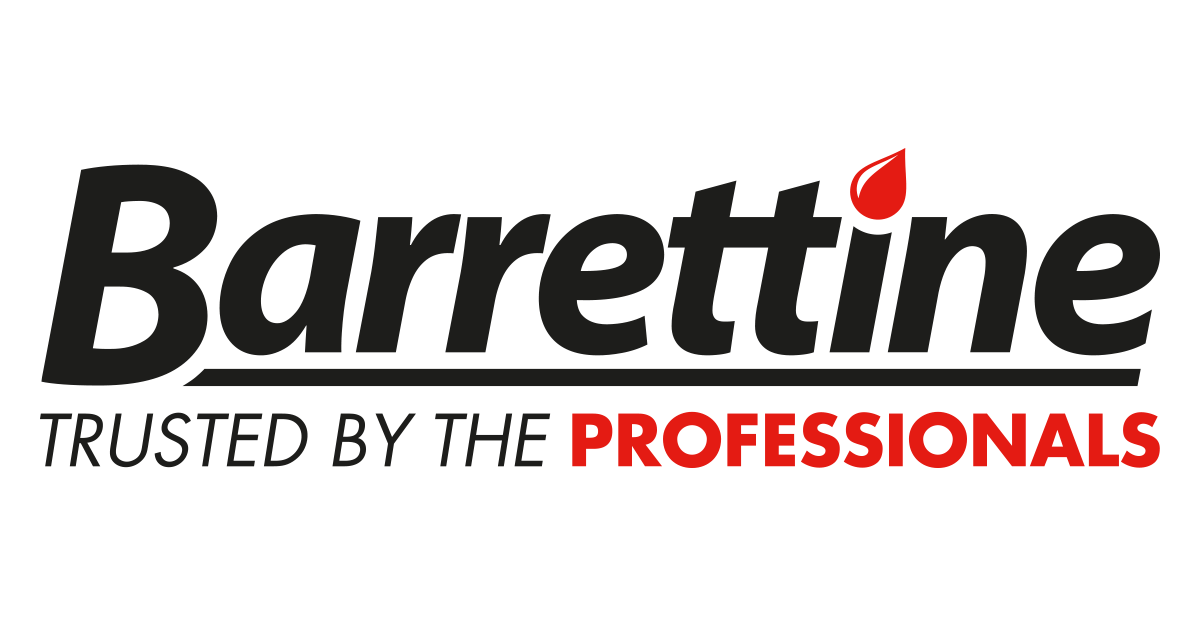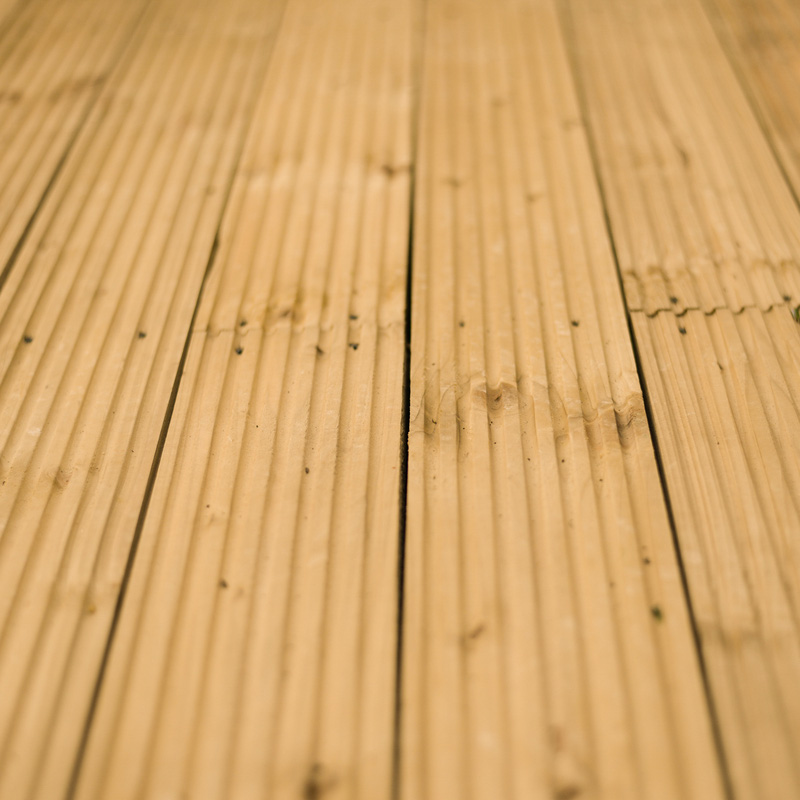Wood is a natural material known for its aesthetic appeal and the warmth it adds to indoor and outdoor spaces. However, to retain its beauty and increase longevity, it requires proper care and protection.
Factors like the type of wood, exposure to weather, and the location, play a role in determining the level of care and maintenance needed.
You’ll find a variety of woodcare products, including stain, oil, and wax, and this buying guide will help you choose the right type of woodcare products, so you can preserve and protect your wood for years to come.
Types of Wood
Hardwood
Hardwoods, such as oak and walnut, are strong, durable and not prone to warping or splitting. However, hardwoods are generally more expensive than softwoods and need to be washed yearly with soapy water to prevent algae building up on the surface. Compared to softwoods, they’ll need less maintenance to keep them protected from the elements – although it’s still recommended to keep them topped up with stain, wax, oil or paint.
Types of Hardwood
-
Oak
-
Walnut
-
Mahogany
-
Maple
-
Ash
Softwood
Softwoods, including pine and cedar, are more cost-effective and versatile than hardwoods. However, they need more regular maintenance than hardwood and are more commonly used internally to keep them protected from the elements. You’ll find some softwoods are pressure treated which can offer up to 15 years of protection making them better suited to outdoor use – especially when stains, paints, or oils are applied.
Types of Softwood
-
Pine
-
Cedar
-
Fir
-
Redwood
-
Yew
Types of Woodcare Products

Wood Preserver
Wood preserver is a specialised treatment that can be applied before paint, stain, or varnish - or on its own to untreated or bare wood. It is mainly used to add extra protection against wood rot and insect damage. If you have untreated or bare wood surfaces, preservers are a perfect starting point.
Wood preservers are usually colourless and are absorbed deep into the wood, meaning it can keep its natural appearance but still provide protection.
If you’re looking to stain or paint the wood, a wood preserver can add an extra step which takes more time. You’ll find plenty of woodcare products that have preservative properties which can save you time and money.
Advantages
-
Absorbed deep into the surface for powerful protection
-
Eco-friendly option for wood preservation
-
Prevents rot, fungus and woodworm
Things to Consider
-
Adds an extra step to woodcare
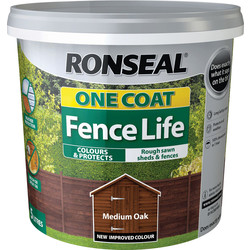
Wood Paint
Paint is a coating primarily used to change the colour of the surface of the wood. It can also be used to seal and shield wood from water, and it’s commonly used for outdoor fencing.
Paint offers a wide spectrum of colour options to fit your style, no matter what you’re after. Wood paints offer a natural level of protection on the surface of the wood, but many wood paints also include a protective formula for added strength against the elements.
If you want to keep the natural wood grain, you may find wood stain is a better option – as wood paint will cover it up completely. Wood paint also needs regular maintenance to maintain its fresh appearance, often every year or every few years depending on the environment and the product.
Advantages
-
Wide array of colours to choose from
-
Protects from the elements
Things To Consider
-
Covers the natural wood grain
-
Needs regular maintenance
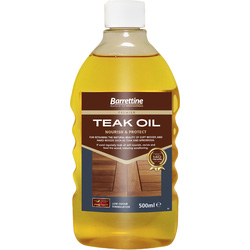
Wood Oil
Wood oils protect and enhance the look of interior and exterior wooden surfaces. Danish and teak oils are best for interior wood such as worktops and tables. Whereas UV and decking oils are ideal for garden furniture and other outdoor features, protecting the wood against the elements.
Oils replenish the wood's natural oils to provide protection and ensure your wooden features look and feel fresh for years to come by bringing out the natural qualities of the wood. Wood oil is a great way to replace the oils lost in wood through ageing and weathering over time.
Wood oils should be applied regularly to ensure they’re providing protection and looking fresh.
Advantages
-
Some oils protect from UV and the rain
-
Encourage natural qualities of the wood
-
Replace oils lost through ageing and weathering
Things To Consider
-
Regular maintenance and reapplication needed
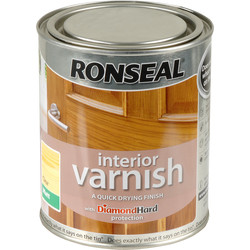
Wood Varnish
Varnish is a protective finish that excels at guarding against scuffs and knocks while enhancing the wood's overall beauty. It is an excellent choice for hardwood doors and exterior wood surfaces such as outdoor furniture.
Varnish provides robust protection and highlights the aesthetics of the wood it covers. You’ll find wood varnish in a range of colours and finishes, including matt, satin, gloss and silk so you’ll always have the right look for your space.
Before applying varnish, you’ll need to carry out thorough preparation for each coat to make sure it fully protects the wood and gives a professional-level finish.
Advantages
-
Provides protection against scuffing, chipping and the elements
-
Highlights the natural wood grain
-
Range of colours and finishes available
Things To Consider
-
Thorough preparation needed before and between coats
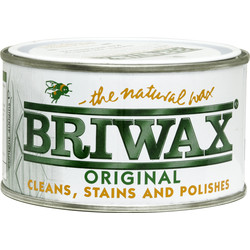
Wood Wax
Wax is used to give wooden surfaces a natural shine while preserving the natural colour and grain. It provides a natural-looking finish and is most commonly used on finishing sealed or pre-polished interior wood such as floorboards and table tops. You’ll even find small wax repair sticks which are perfect for touching up small scuffs and marks.
Wax maintains the wood's natural colour and grain and leaves a natural soft matt finish, so is a perfect option if you’re looking to keep, rather than cover up, the wood.
Waxed surfaces can become slippery so care needs to be taken especially soon after applying the wax on floorboards. Some waxes are less suited to high-heat environments. You’ll also find that wood wax offers lower levels of protection against scuffing than varnish.
Advantages
-
Preserves natural wood colour and grain
-
Leaves a natural, soft matt finish
Things To Consider
-
Can sometimes be slippery, especially after just applying
-
Less suited to high-heat environments
-
Less protection than varnish
Key Woodcare Considerations
Finish
Select from options like gloss, matt, satin, silk, or smooth semi-gloss finishes to achieve your desired appearance. For a really natural, classic appearance, matt finishes are perfect – while gloss finishes are more modern and reflect a lot of light.
Colour
When it comes to wood paint, you can choose from a wide range of colours. Meanwhile, you’ll find stains, waxes and varnishes come in natural shades such as natural, medium oak, natural, dark brown and other similar shades. If you’re not after any colour, there are plenty of clear options available which provide protection and highlight the natural wood colour.
Slip Resistance
Some woodcare products, particularly those designed for decking or floorboards, have slip resistant qualities which is especially important in wet weather – no more worrying about stumbling over!
Application Method
Consider the most suitable application method for your project, whether it be brushing, spraying, cloth application, or buffing. Brushes are the most common option, but you’ll also find paint sprayers to speed up the process - or you can use a cloth which can offer a streak-free finish.
Shower Proof
In the UK, it’s never long before the next downpour. Exterior woodcare products will tell you how long before they’re ‘shower proof’ - meaning the amount of time that needs to go by before rain won’t affect the finish or the protective qualities of the stain, paint, oil or varnish.
Coverage
Make sure you have enough stain, paint, oil, wax, preserver or varnish before you get going by multiplying the surface's length and width in square metres. Then refer to the manufacturer's coverage guidelines to see how much it covers.

